Elden Ring ray tracing comparisons: Just how good is it?
Ray tracing is finally here! But is it worth it?
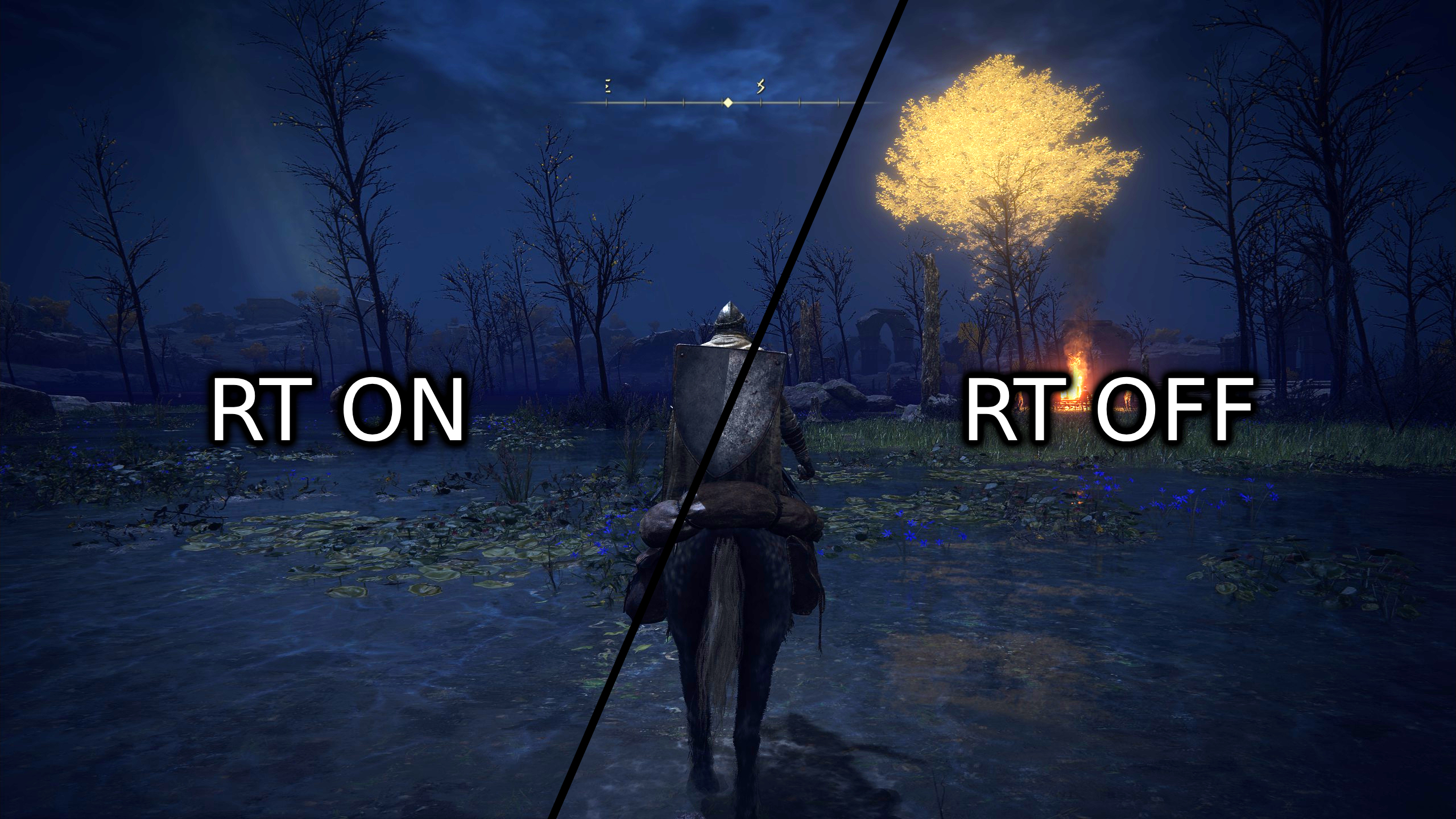
Elden Ring’s ray tracing announcement had me jumping up and down with excitement. While the game is already gorgeous without it, I was still curious what FromSoftware could do to make The Lands Between pop even more.
The answer? Elden Ring's ray tracing offers subtle but gorgeous improvements to what is already one of the best looking games ever made. But the performance hit is heavy, and unless you're packing serious hardware, you might not find the trade off to be worth it. I'm sitting here with an Nvidia GeForce RTX 3080 GPU, yet certain areas had me down to 40 frames per second. It's mostly not this bad, but when it does drop, you will see it.
Quick warning: Install your latest graphics driver before testing out ray tracing. I crashed four times before I could even get into my save file on my RTX 3080 because I hadn't done so. As soon as I installed those drivers, it worked without issue.
Elden Ring ray tracing comparison photos
Elden Ring's ray tracing hits performance pretty hard, but is the trade off actually worth it? If you don’t have the time or energy to skim through every comparison photo below, here’s my take on the matter: If you’re packing serious hardware, like an RTX 3080 or 4070/4080 GPU, you should absolutely turn ray tracing on.
The differences are subtle but the shading of foliage, trees and structures appears deeper and more satisfying. Reflections aren’t particularly noticeable (even though they are technically a little better), but how the shifting time of day makes light look real is absolutely worth it. Even when I first played Elden Ring, I took note of how strange the trees and bushes would appear at times, as they often lacked depth or seemed random in how the light from the sky cast shadows within its foliage. Ray tracing fixes this excellently.
But Elden Ring’s ray tracing isn’t so noticeable that you're playing a different game without it. I personally refuse to play it without ray tracing now that it's out, but it's one of the lesser necessities that make this world lovely to look at. So without further ado, here are some direct comparisons.
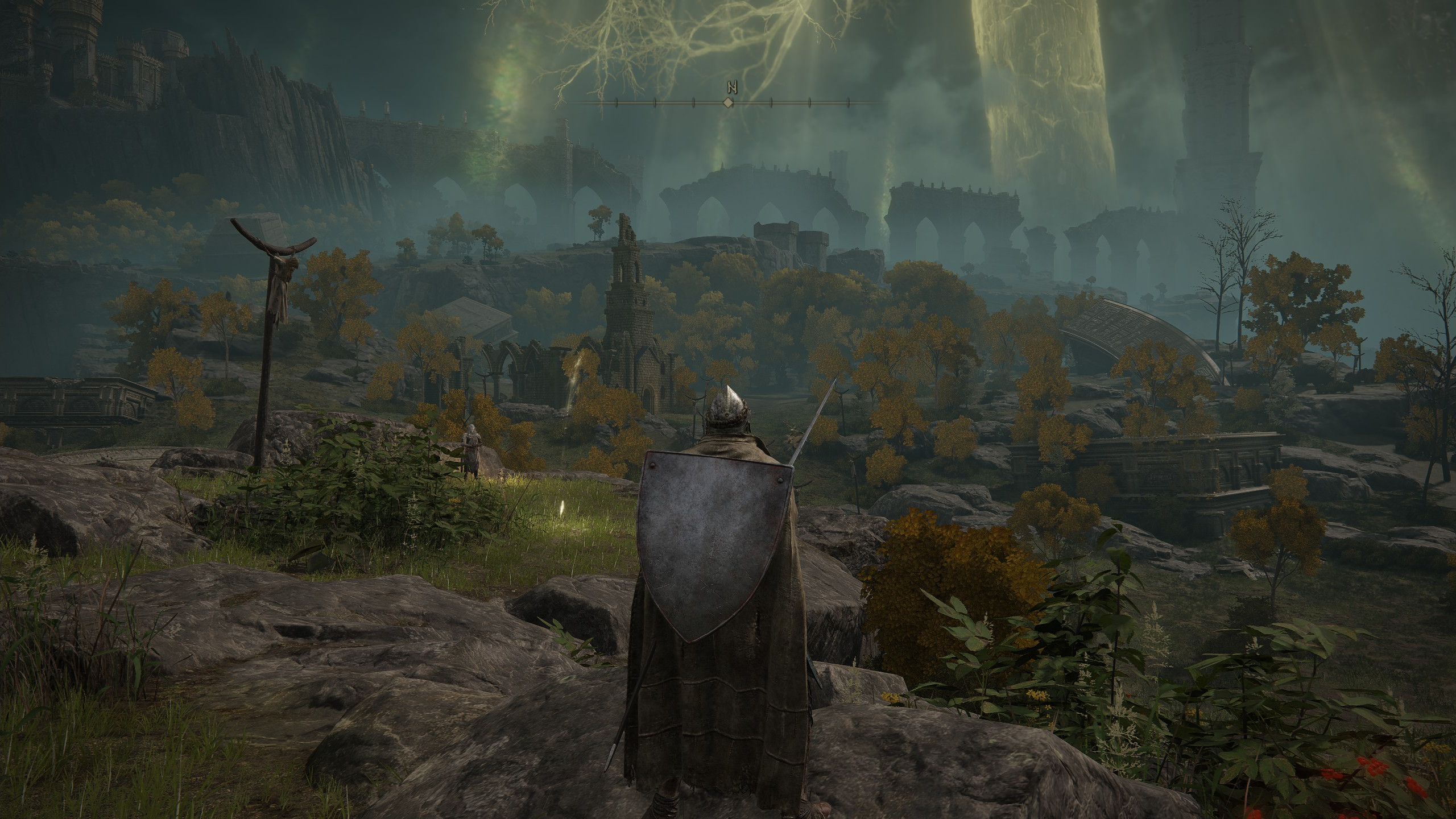

When I first looked at the expansive vista that introduces players to Limgrave, I was shocked at how much depth ray tracing brought to the world. You can see the shrubs and foliage in the foreground occupy a deep satisfying shadow when ray tracing is on, whereas it looks flat and practically see through with it off. This is pretty much the case for all foliage in Elden Ring's ray tracing.
Sign up to receive The Snapshot, a free special dispatch from Laptop Mag, in your inbox.
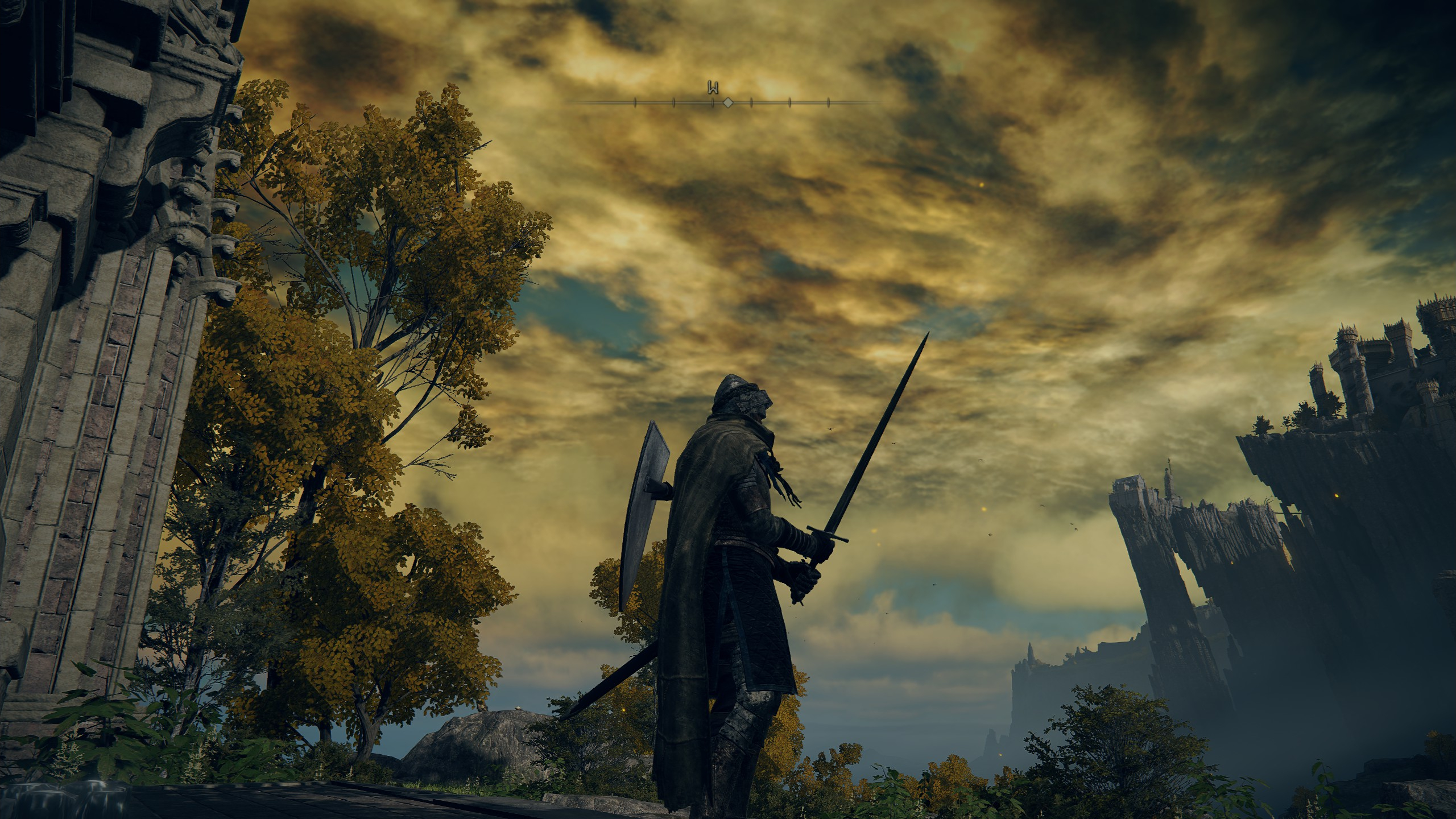
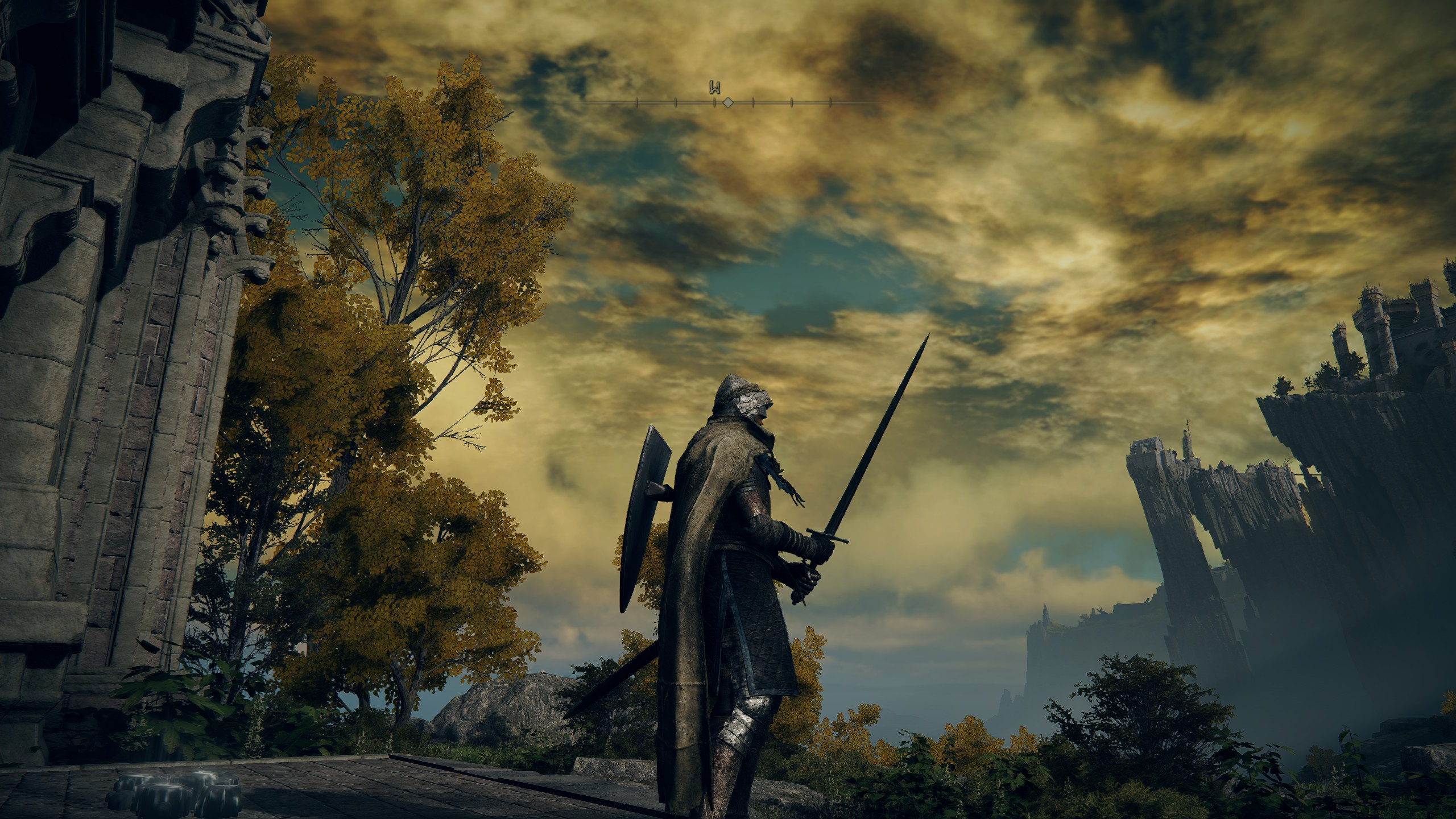
One of the first things I noticed is how much nicer armor and player models look with ray tracing on. In the first image, you can see how colorless and darkened my armor set looks within the introduction into Limgrave. But in the same spot with ray tracing on, my whole set was suddenly shinier and more reflective, with the hue of my cape actually visible.

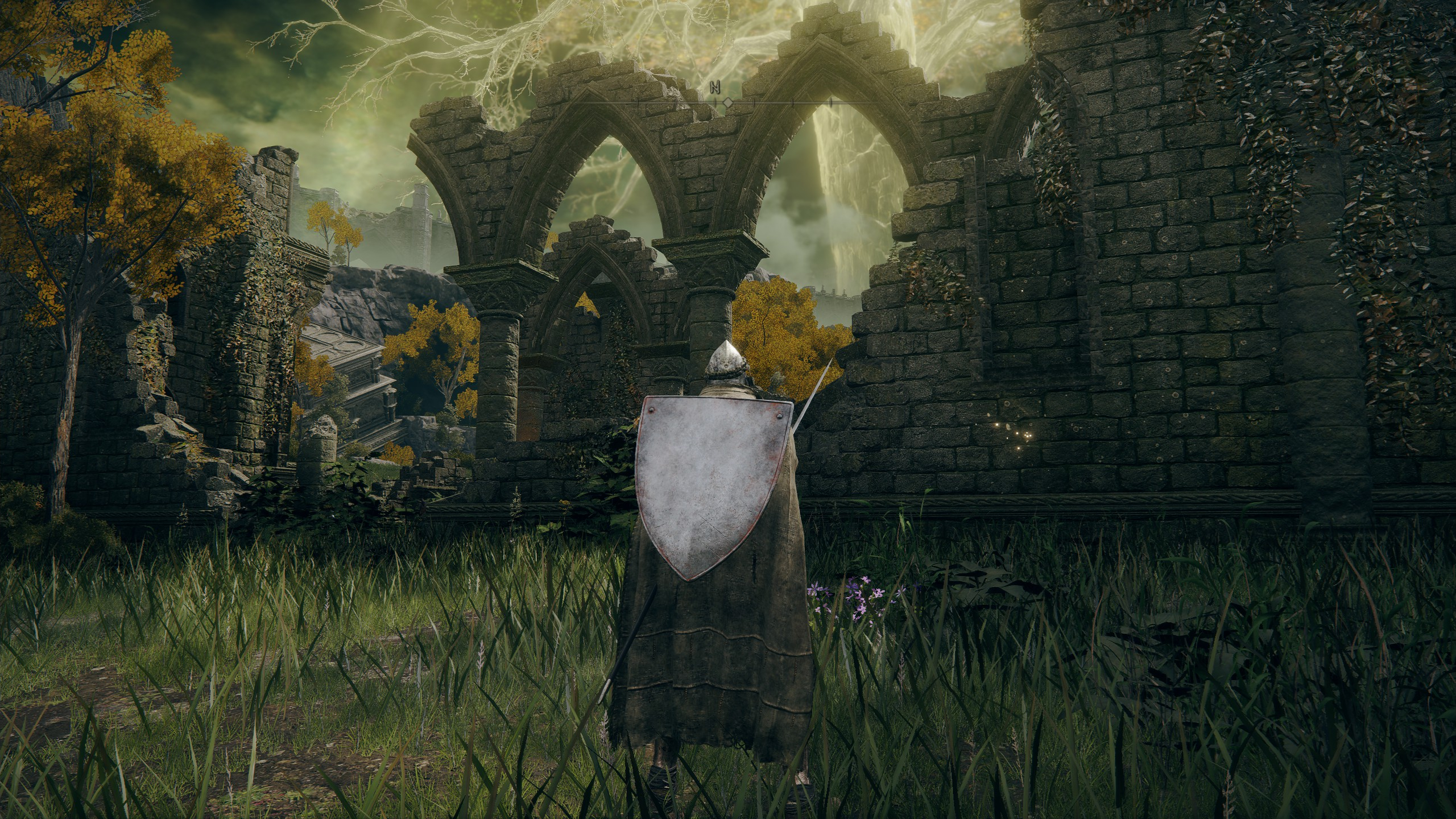
The enhancements to structures are subtle, but they are there. We see the archways occupy proper shadow casting with ray tracing on, as although they look shaded with ray tracing off, the way in which those shadows are developing makes a lot less sense. Once again, you can also see the shrubbery and grass in the foreground taking on a far deeper black with ray tracing.


Assets scattered throughout the world greatly benefit from ray tracing, giving them much needed depth to feel as if they're actual objects within The Lands Between. We can see the anvil, hammer, mule, camp fire and even the little things scattered next to the merchant with deeper shadows that make them pop out as "real." To get a sense of what I'm talking about, look at the pots and planks next to the campfire and quickly switch between the two images. The non-ray traced version is shockingly flat.
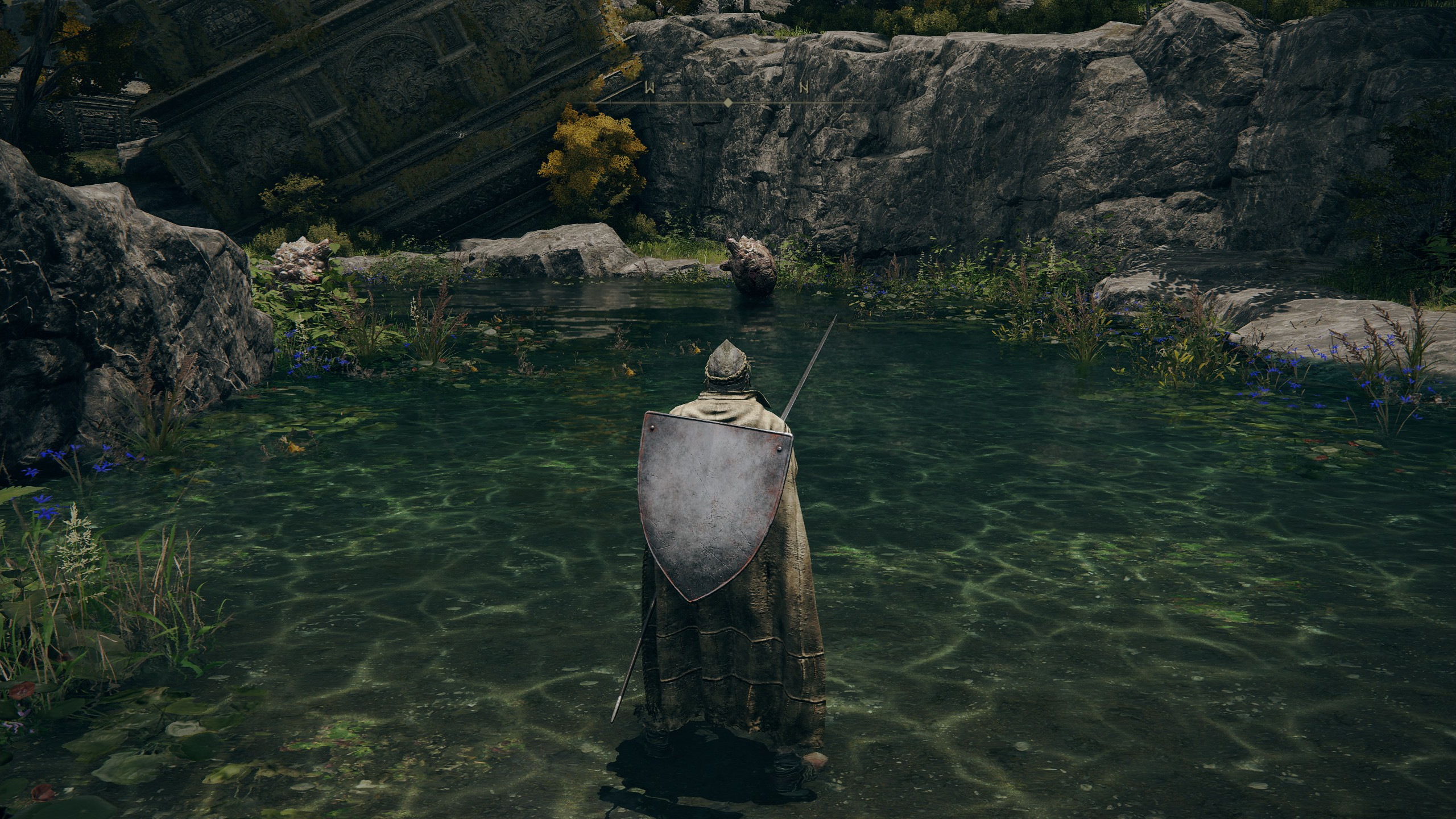
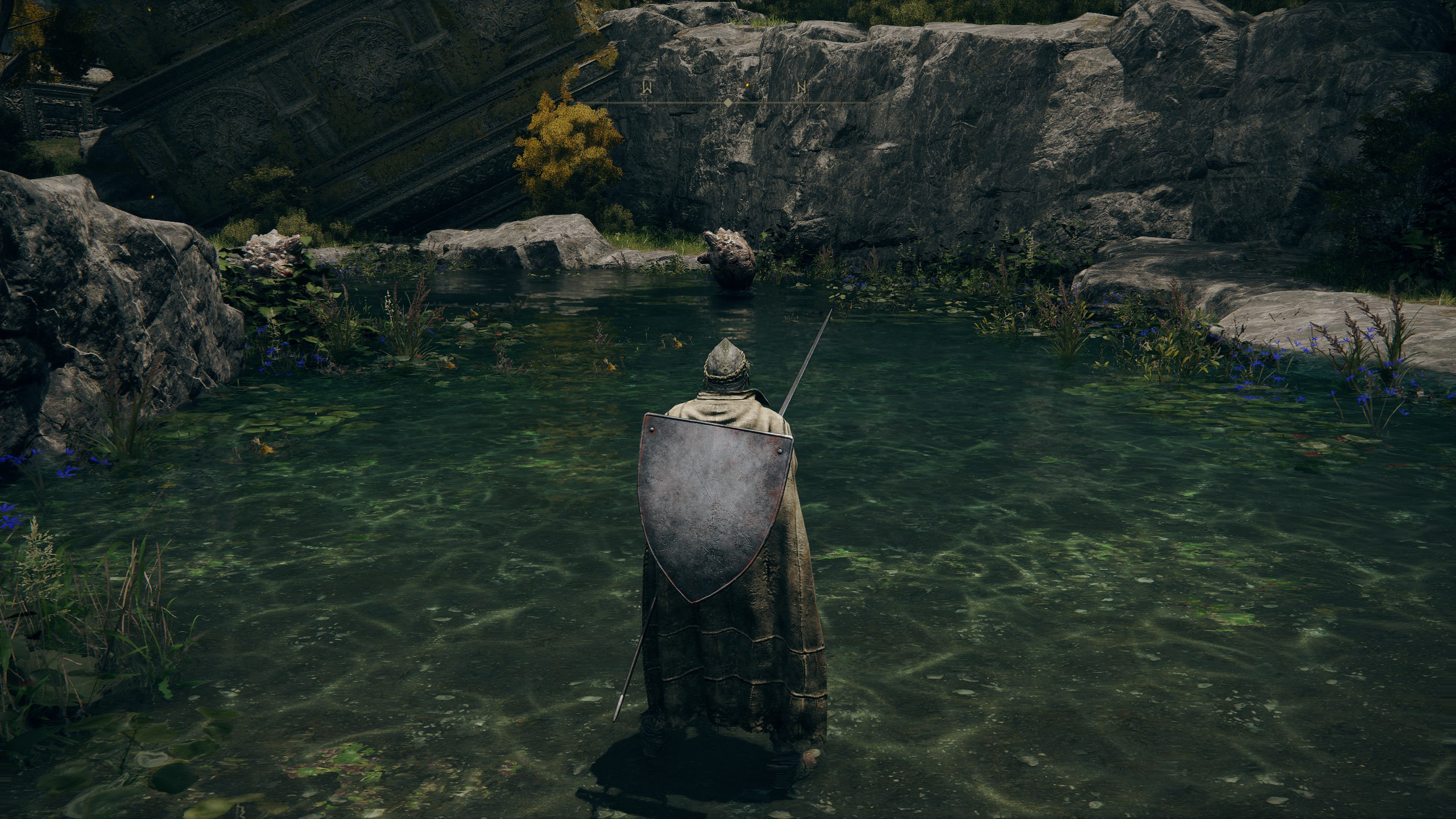
Differences in water aren't all that impressive (we'll see more of this in the next comparison), as this small pond alone would be nowhere near enough to tell which version has ray tracing and which doesn't. However, you can see that the enemy in the background is shaded with a tiny bit more depth with ray tracing on, and the grass in this small area is noticeably nicer looking.

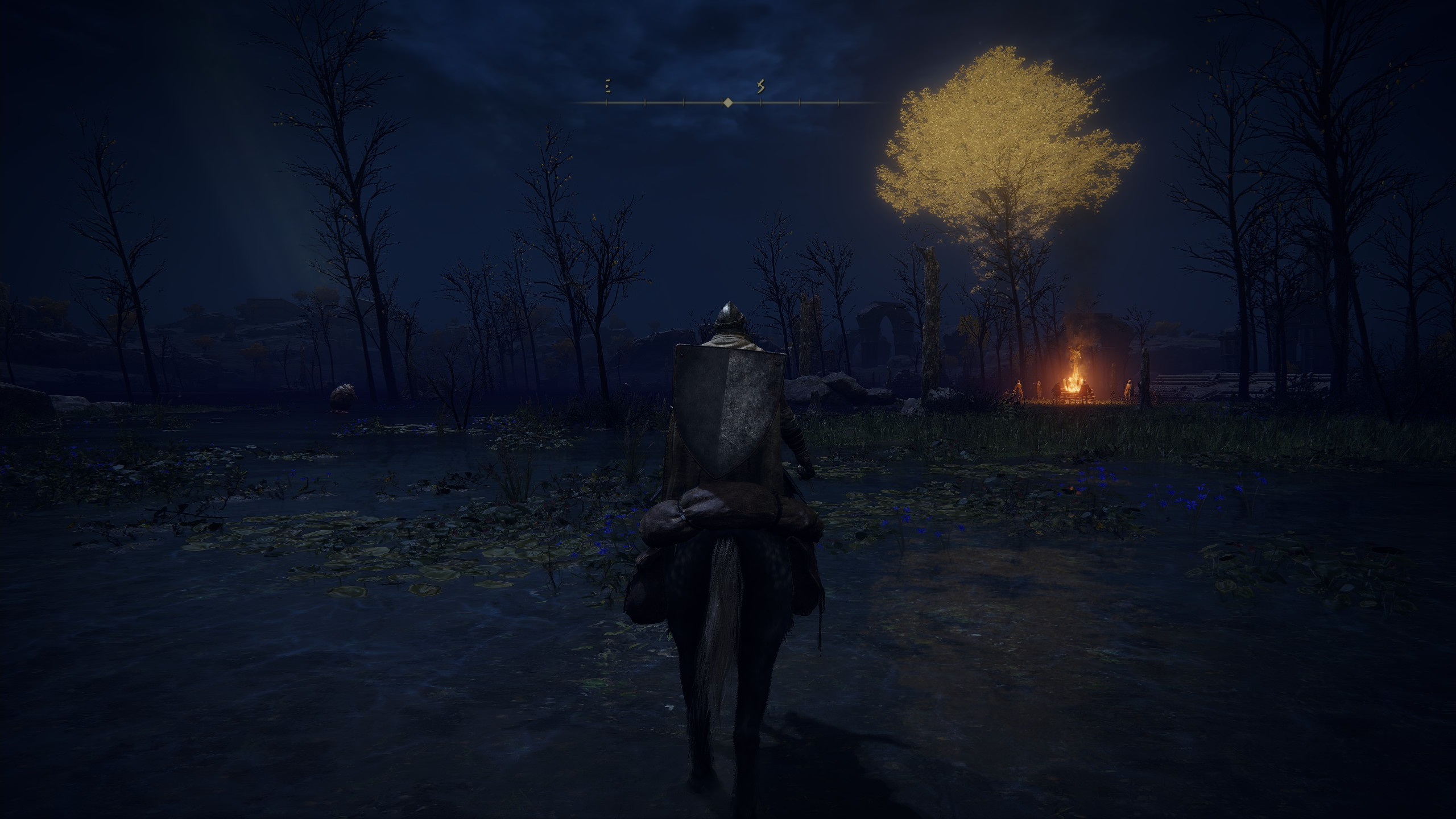
If you look very carefully you can see the slight differences in reflection quality when ray tracing is on, as the glowing yellow tree and bright orange fire appear more accurately reflected than it does when the setting is off. However, this difference is marginal, although it certainly does look a little nicer.
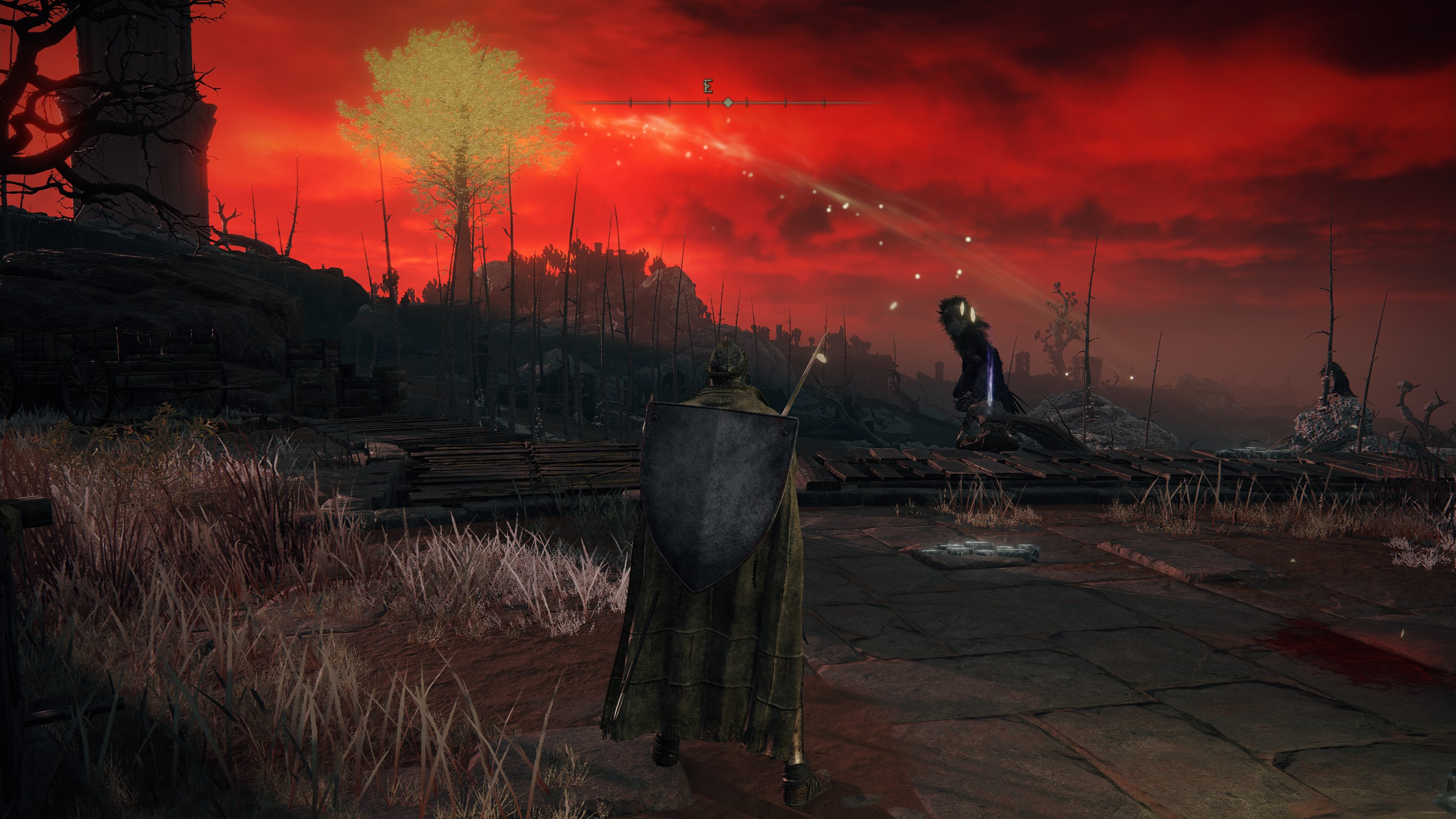
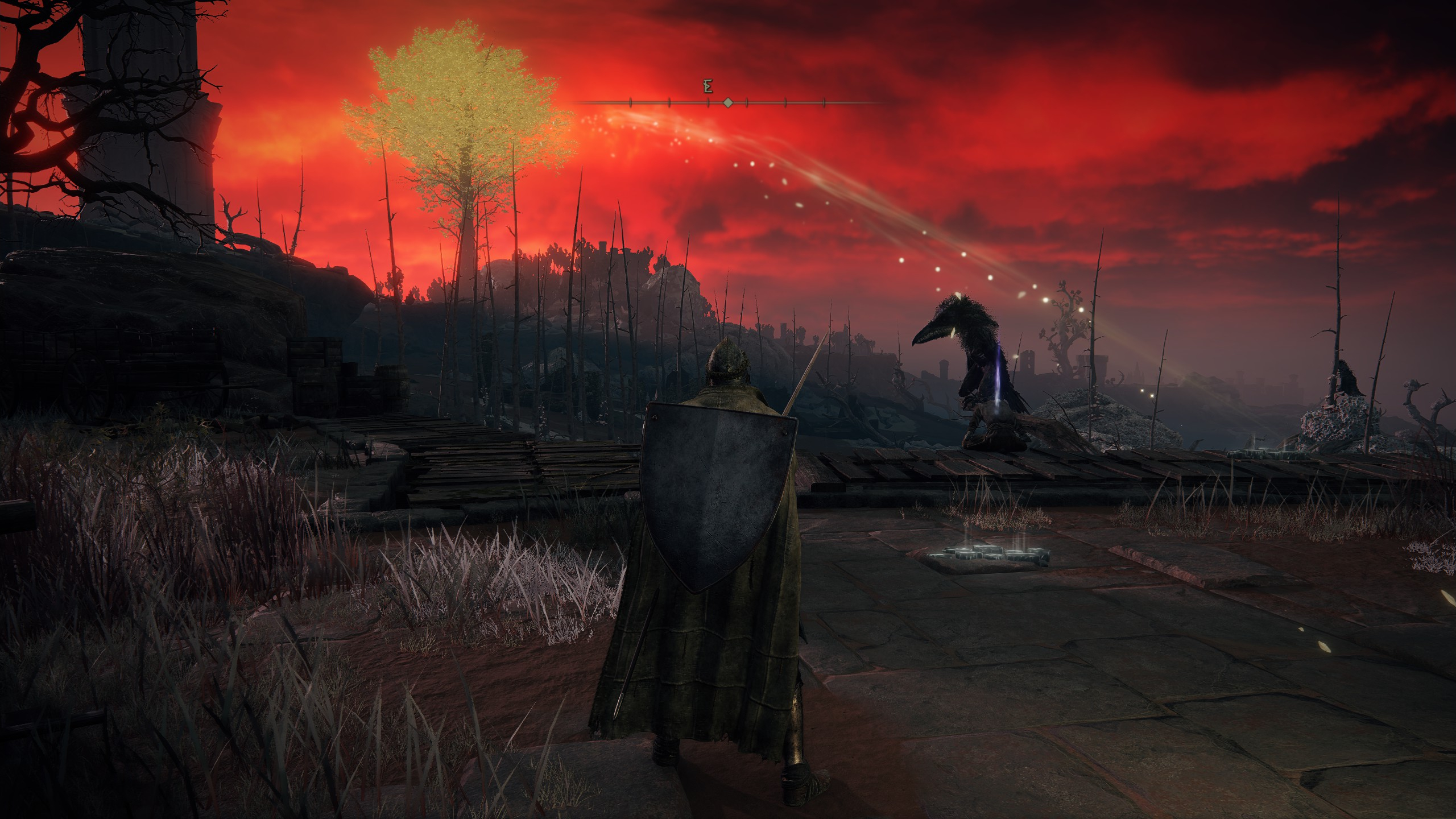
These differences may be subtle, but if you're as nitpicky as I am, this is a huge deal. Look closely at the wooden walkway next to the cliff edge. Do you see the little gaps in-between the planks?
With ray tracing off, there's tons of random reflective light and shininess to them for no good reason. It looks fine for sure, but it feels especially "game-y." With ray tracing on, there's an immense increase in depth to the cracks in-between every wooden plank. Yes, this is certainly a small difference and most people won't care, but for those that do care, it's awesome to look at.
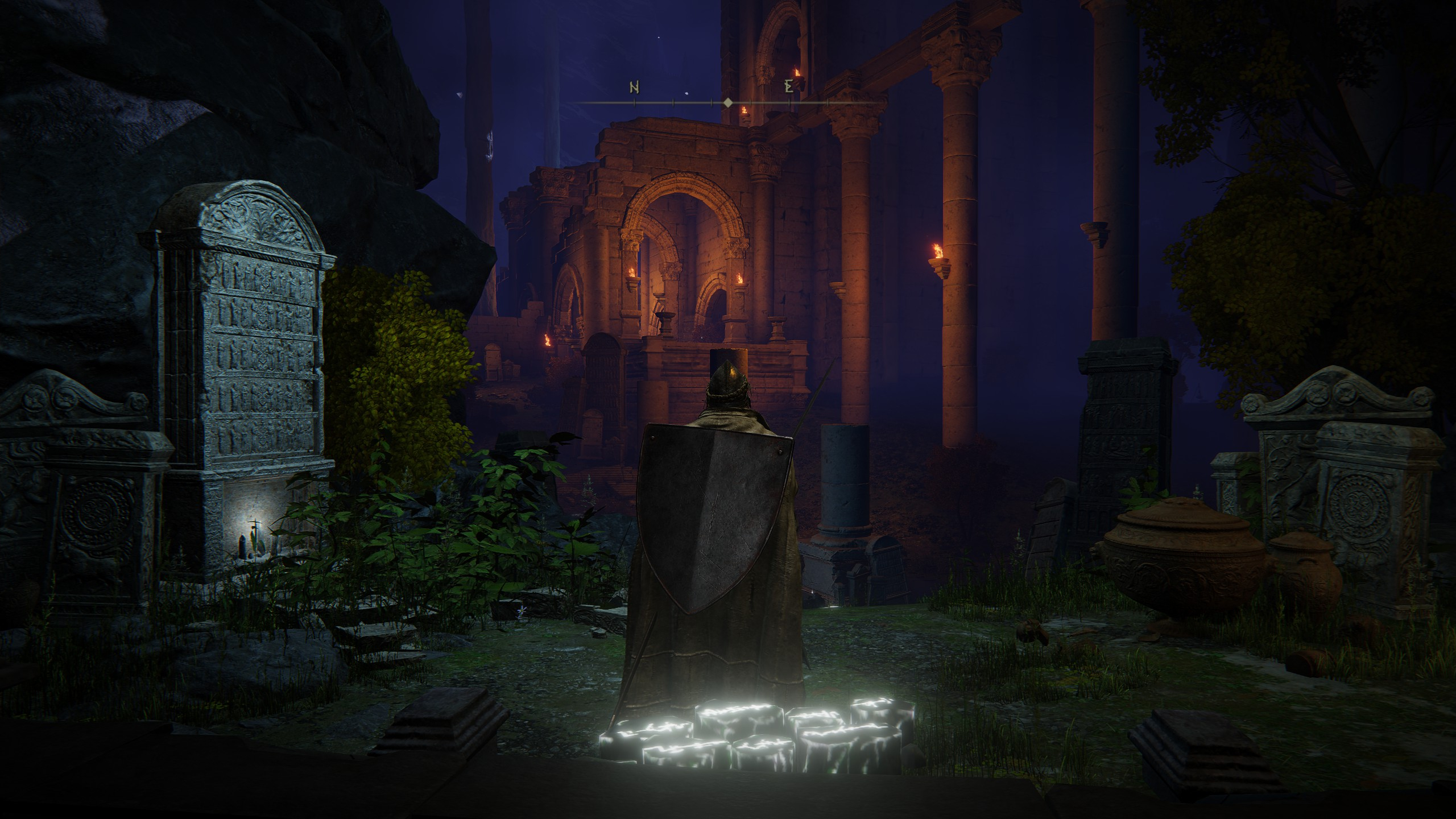

Once again, these differences might appear to be small, but each bit adds up to make scenes pop with more depth. Look at the top left end of the image without ray tracing. Do you see that weird little remnant of light that seems to be coming from nowhere? It completely disappears with ray tracing on. Look at the grass and shrubs in the foreground and it all seems so much darker with ray tracing on, alongside the gravestone and the large pots.

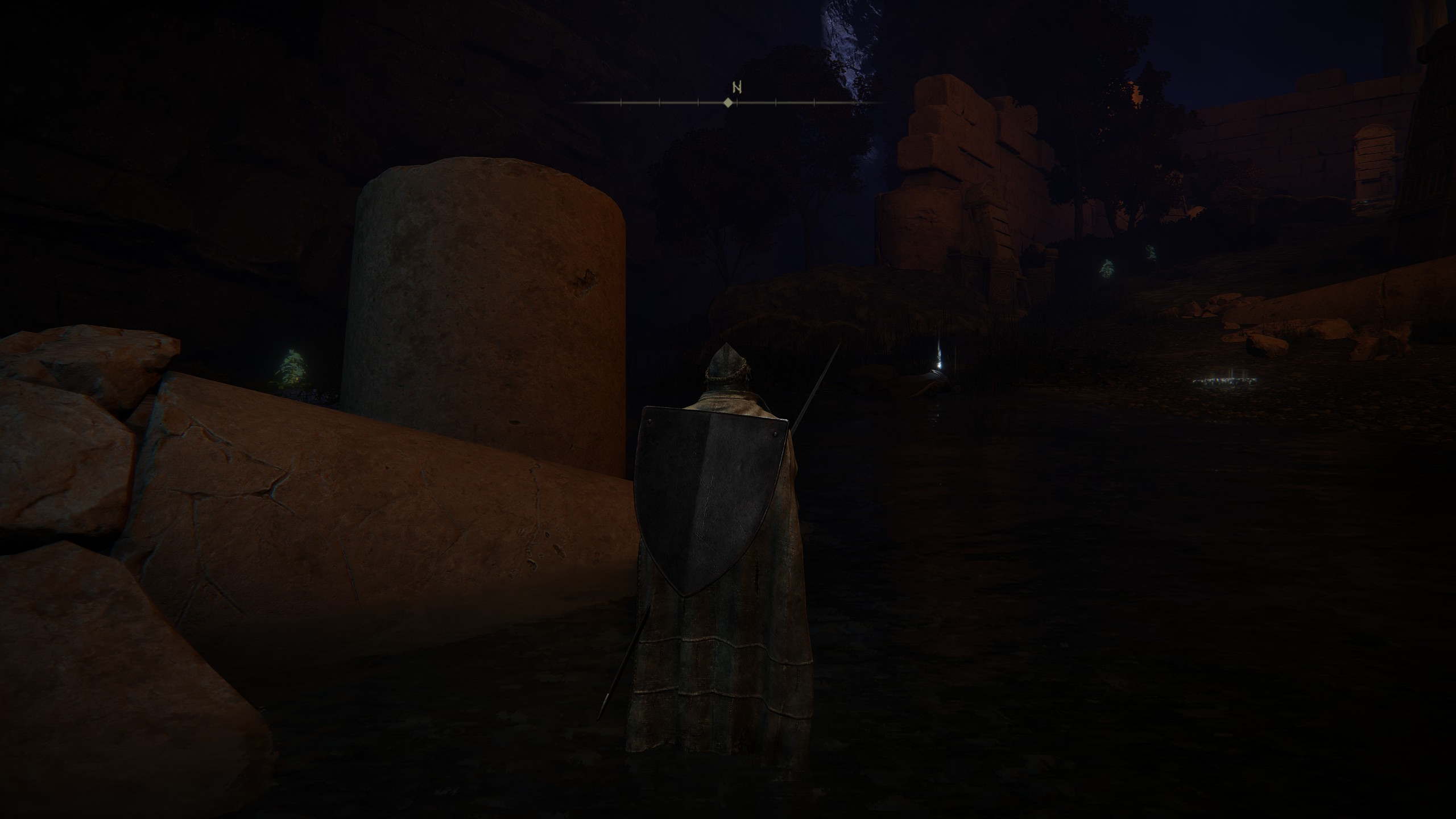
This is a pretty dark scene, but even when ray tracing is off, you can see the pillars on the left side of the image look a little flat. With ray tracing on, that completely changes as each nook and crevice suddenly emerges with far more depth within the environment.
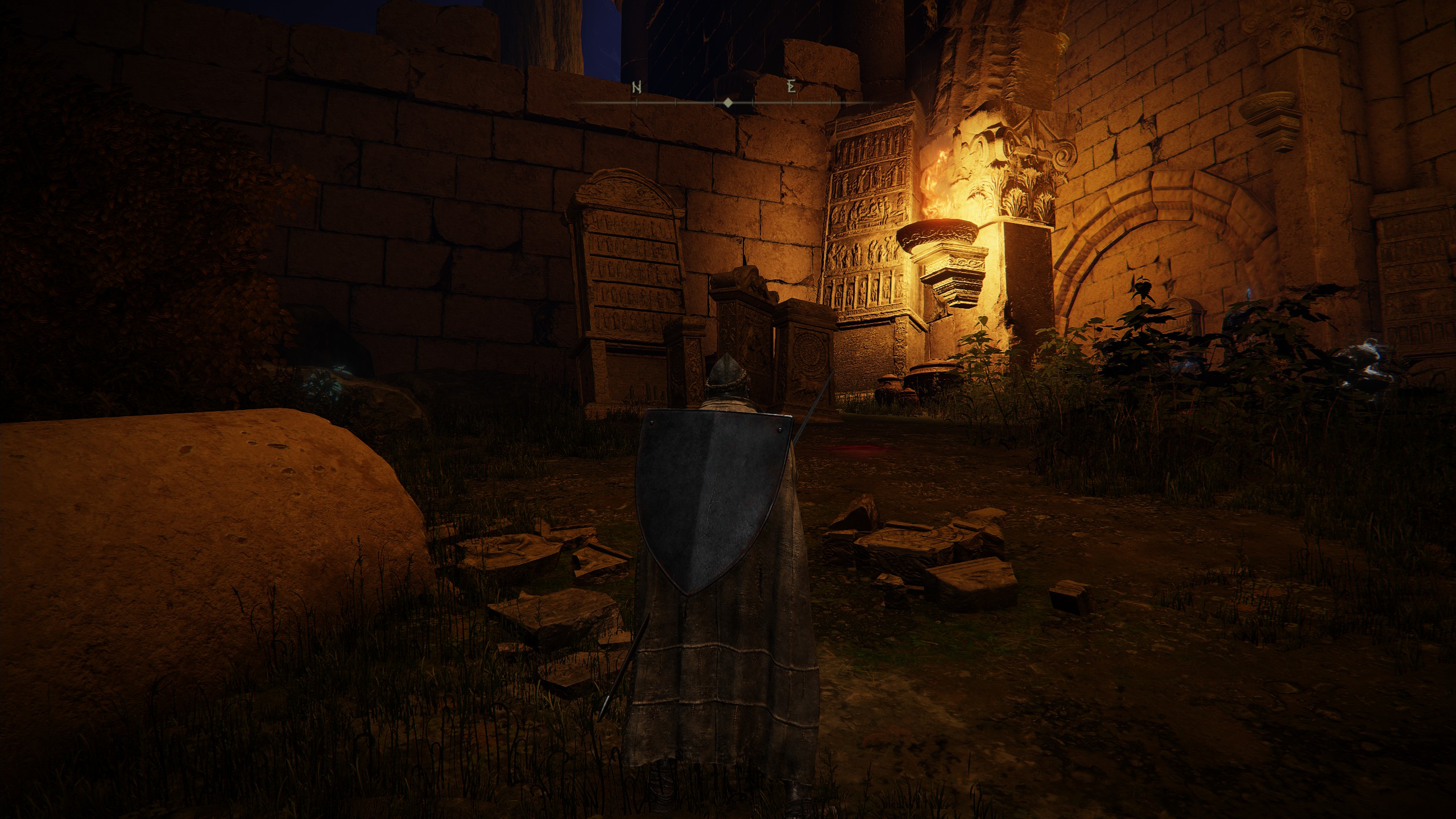
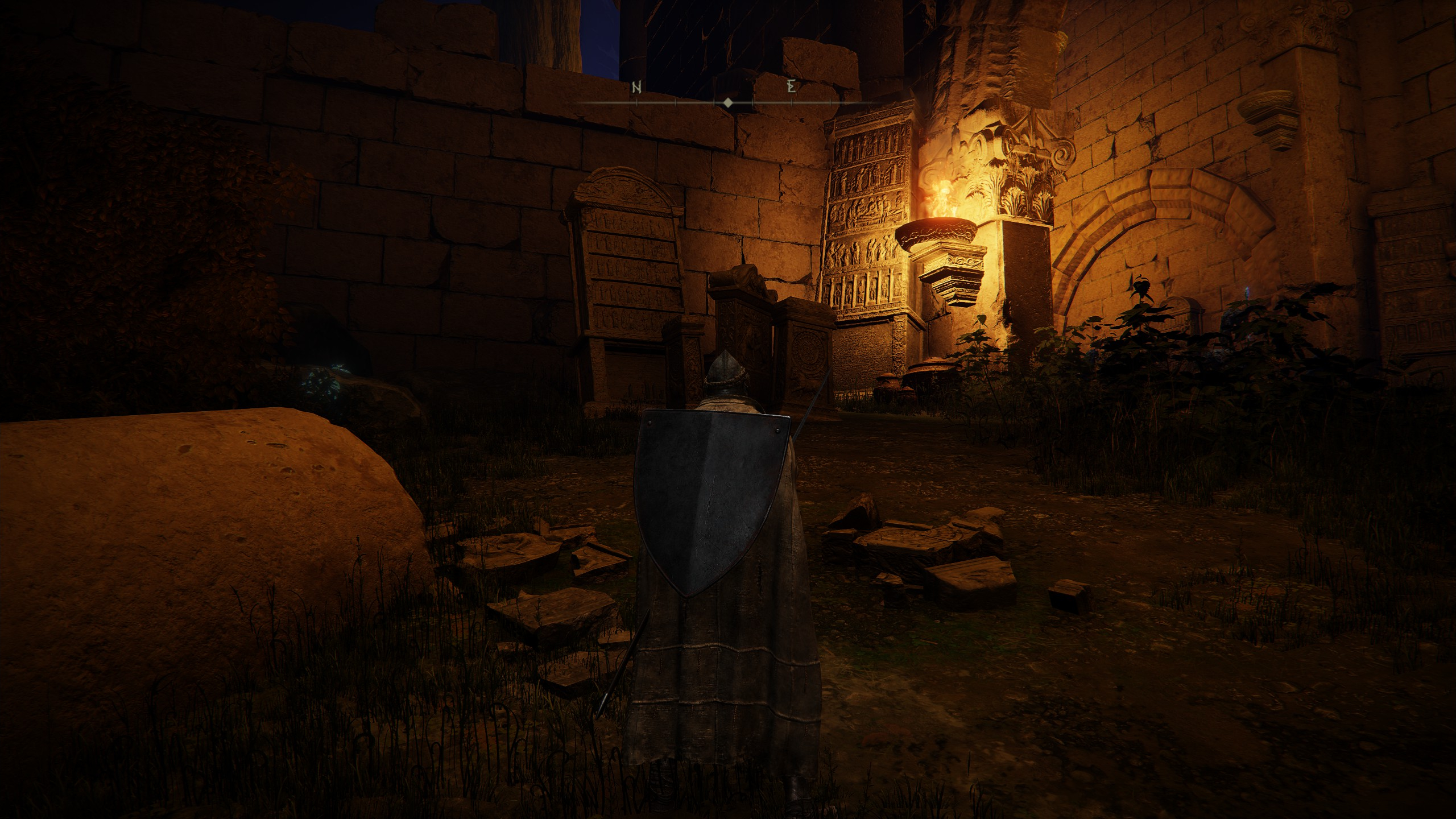
This is a densely populated scene, and we can see the shadow casting from the flickering flame on the objects around it. With ray tracing off, it still looks great, but ray tracing adds an additional layer of depth that wasn't there before, especially in the tombstone a bit to the left of the fire. You can also see the grass on the right, which is very difficult to see through with ray tracing on. While that might offer a gameplay disadvantage, it looks great.
Elden Ring ray tracing: How does it perform?
Before we get into our performance tests, here's a fun fact about Elden Ring: FromSoftware capped framerate to 60, which means we won't be able to report on the moments when we exceed that threshold. In other performance tests, we like to see just how much higher above 60 fps our hardware can perform, but that won't be possible in this case.
However, you'll see why that won't be much of an issue, as our hardware hitting 60 fps with ray tracing on rarely happened to begin with. This is especially true within the open world, which is where we saw the biggest performance drops.
Elden Ring ray tracing RTX 3080 desktop performance
I started testing Elden Ring's ray tracing on my desktop with a Nvidia RTX 3080 graphics card, Intel Core i7-11700K processor, 32GB of RAM, and a 2TB Gen 4 Aorus SSD (5000MBps read, 4400MBps write). This is a pretty beastly set up (even though I built it a couple of years ago now), but Elden Ring's ray tracing laughed at it.
With graphics settings on maximum at 2K resolution and ray tracing off, I rarely dipped below 60 fps. Sometimes I see it drop a couple of frames down to 58 or 57, but that's only for the slightest split second before it jumps back up to normal.
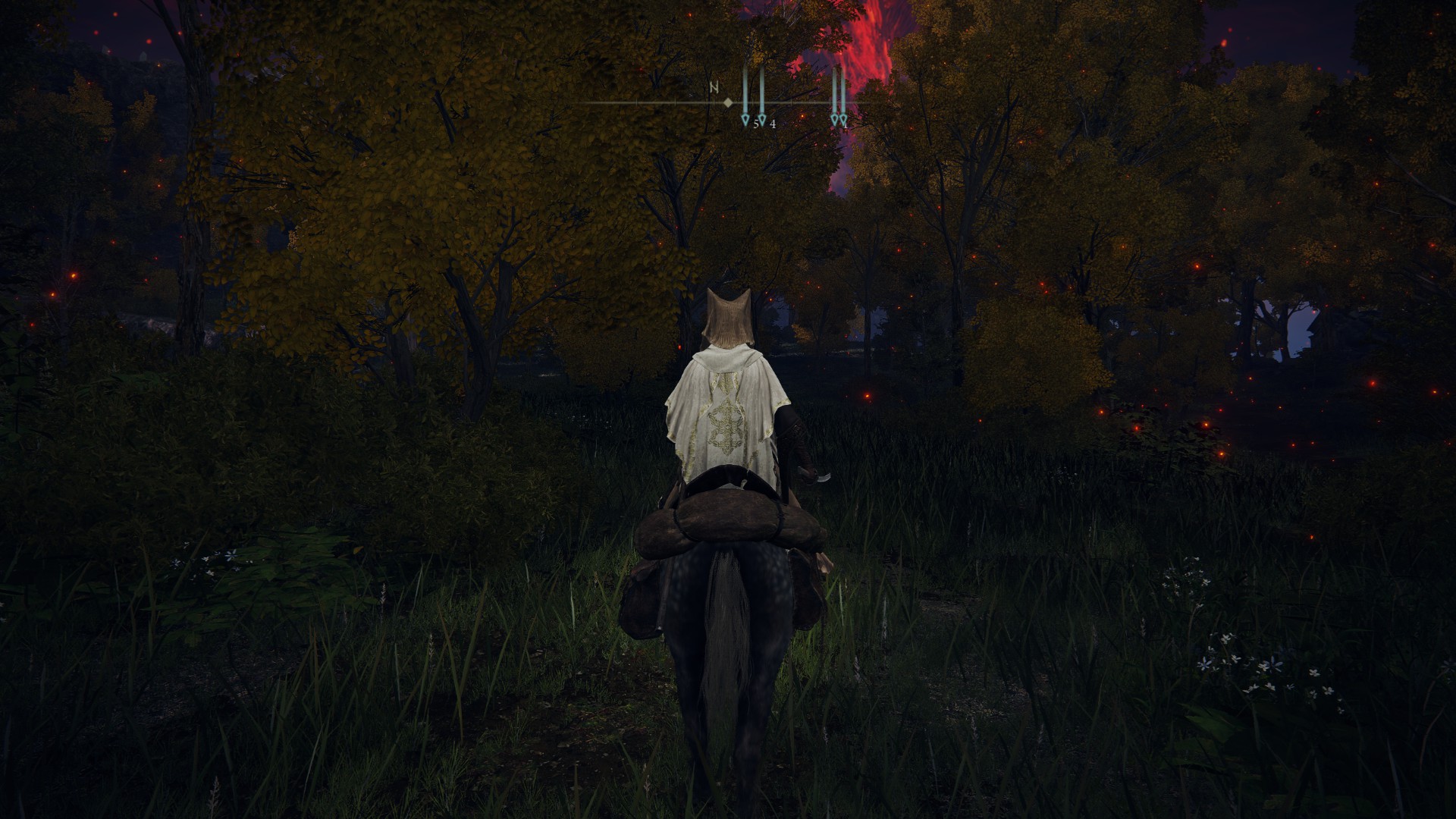
Turning ray tracing on completely changed this: Riding my horse throughout the great steps in Altus Plateau, I hovered anywhere between 40 to 50 fps. Even while stood still with my map open, I was at 46 to 47 fps. This is exasperated by weather events and battles that occur.
Frame rate also depends on the area of the game. While riding around Liurnia's expansive lakes, my frame rate would jump anywhere between 50 to 60 depending on how much was going on around me.
The game remained pretty stable at 60 fps in areas like Farum Azula, Redmane Castle, Stormveil Castle, Volcano Manor and Caelid, as these regions are flatter and lack as many objects that can be ray traced to begin with.

But as soon as I teleported into Limgrave, my framerate dipped back to around 40, even while standing still. Riding my horse into certain parts of Limgrave where there's a lot less foliage or trees around, my framerate would jump back up to 60.
Elden Ring with an RTX 3080 and ray tracing on is absolutely playable. You will sometimes hover around 40 to 50 frames if the region is dense, if it's raining heavily or if the weather is particularly foggy and atmospheric, but it is not all that bad.
Elden Ring ray tracing RTX 4070 laptop performance
I swapped over to my RTX 4070 gaming laptop with an Intel Core i7-13620H, 16GB of RAM and 1TB SSD. I played at maximum graphic settings, 2K resolution and ray tracing at its highest.
I began to worry as the laptop remained a steady 32 to 33 fps as I stood within one of the earliest forests in Limgrave. Riding into this same forest with ray tracing off yielded 50 to 55 fps. As I had stated in the previous tests, this area is a heavy hitter on performance, but this it being that low is brutal. While riding around Limgrave, things got a litter better, as it was within a 40 to 45 fps range.

I teleported to Liurnia to see if it would fare any better, but riding around this enormous lake was actually worse with a consistent 37 to 40 fps. This same area with ray tracing off hovered around 55 to 58 fps. It rises to 45 fps (with ray tracing on) in the more open parts, but anytime there's a thick collection of trees, it goes back down.
Altus Plateau brought things even lower, as riding into one of its forests put me at 30 fps. And when riding in the open plains, it's still only around 40 to 45 fps. That same forest hovered around 50 to 55 fps with ray tracing off. I've struggled to get a consistent 60 fps thus far, but I hoped that would change if I stayed away from open-world areas.
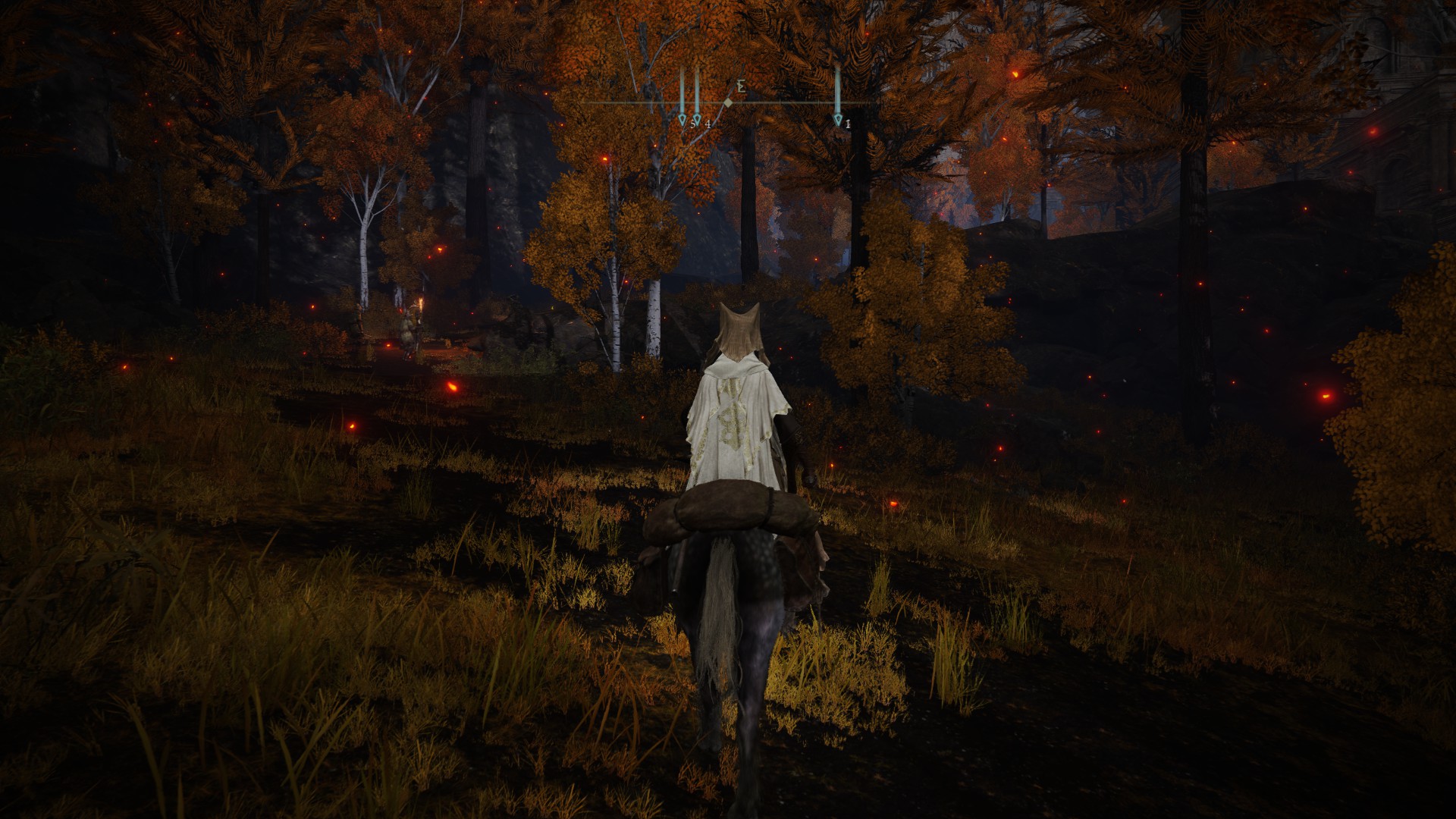
Redmane Castle, Farum Azula and the Haligtree kept at an average of 55 fps. Stormveil Castle however, would jump anywhere from 40 to 50 fps depending on where I was within it, and Volcano Manor hovered around 50 fps. All of these areas with ray tracing off were easily able to hit 60 fps.
So yes, even on a RTX 4070 laptop GPU, Elden Ring's ray tracing is pretty tasking on performance.
Bottom line
Elden Ring's ray tracing offers subtle improvements, but that is the best way to implement this technology. Ray tracing shouldn't drastically change the intention of an environment, which is something that people often get wrong when implementing the technology (I've written about what bad ray tracing looks like before).
Instead, Elden Ring does the right thing: It keeps these scenes intact, merely with better lighting, shadows and reflections. If you can afford to take the performance hit, it is absolutely worth the trade, but being able to "afford" it depends on what you're packing.
Got an RTX 3080 or better? You'll be fine, as long as you can deal with some infrequent drops to 40 fps. But even with an RTX 4070 laptop GPU, the performance dips are intense at 2K resolution.

Self-described art critic and unabashedly pretentious, Claire finds joy in impassioned ramblings about her closeness to video games. She has a bachelor’s degree in Journalism & Media Studies from Brooklyn College and five years of experience in entertainment journalism. Claire is a stalwart defender of the importance found in subjectivity and spends most days overwhelmed with excitement for the past, present and future of gaming. When she isn't writing or playing Dark Souls, she can be found eating chicken fettuccine alfredo and watching anime.
